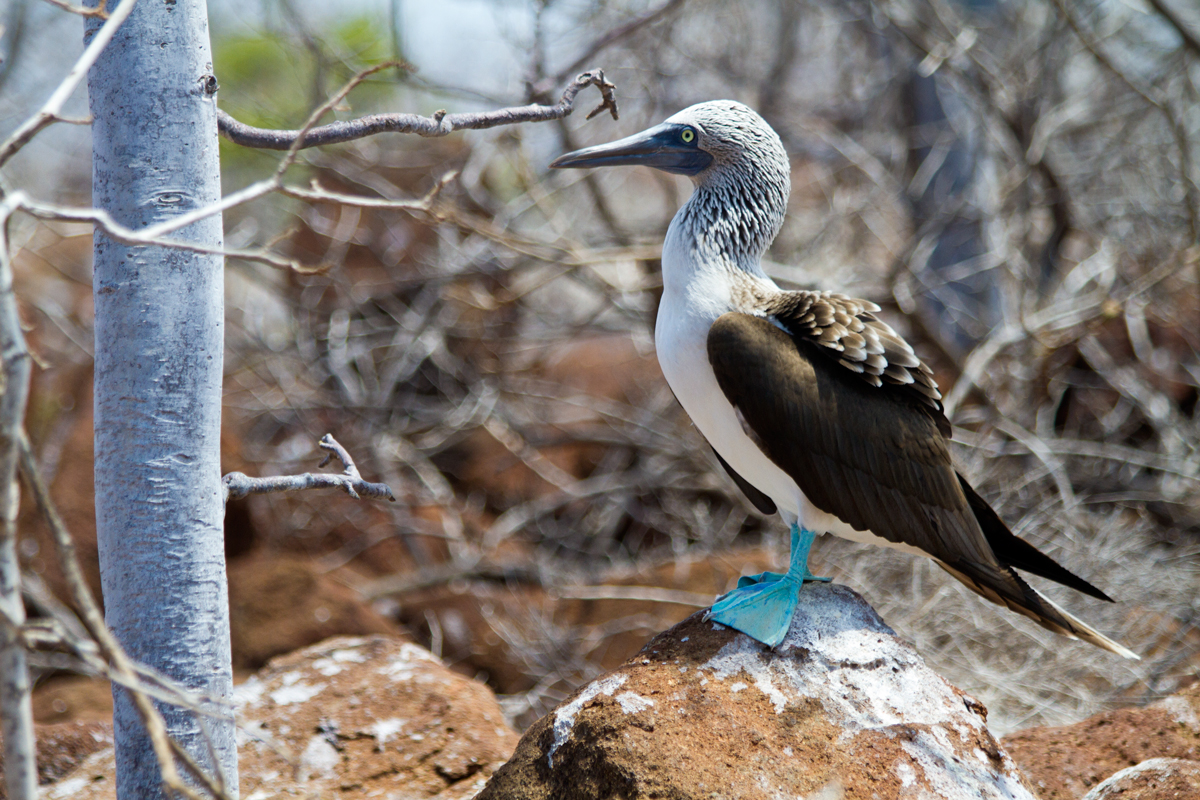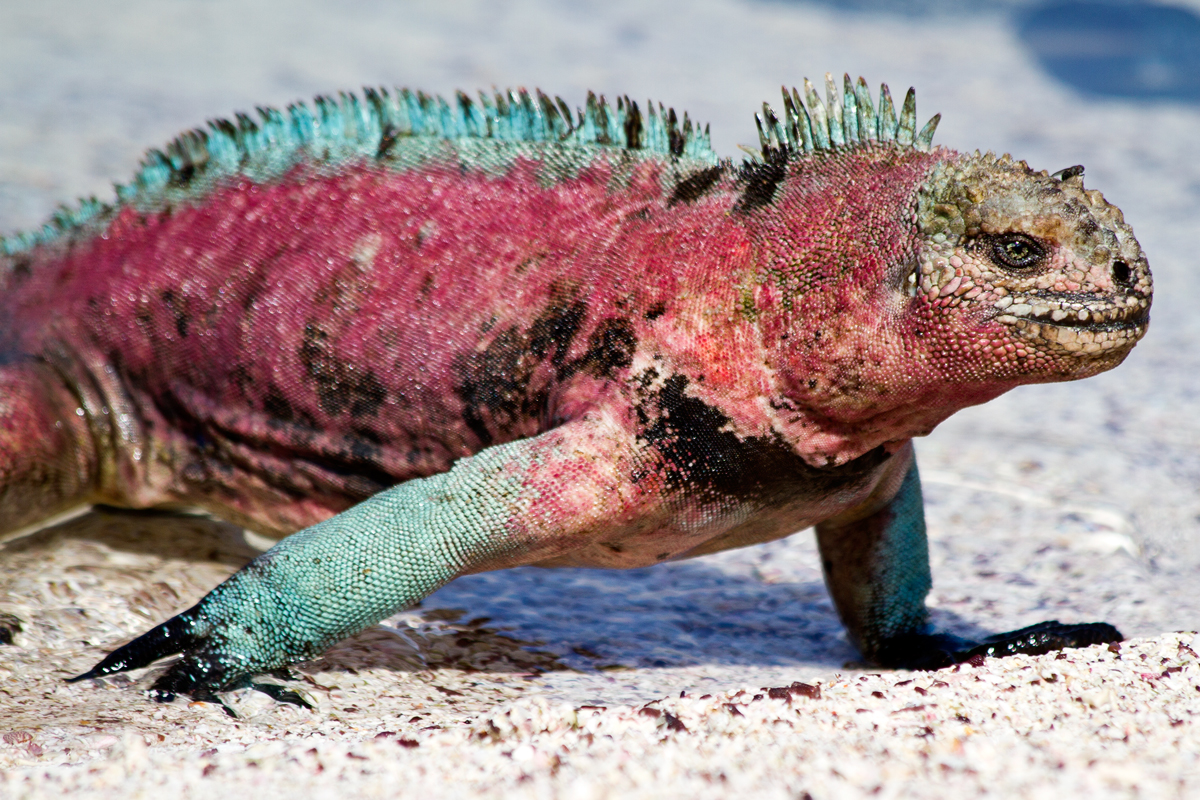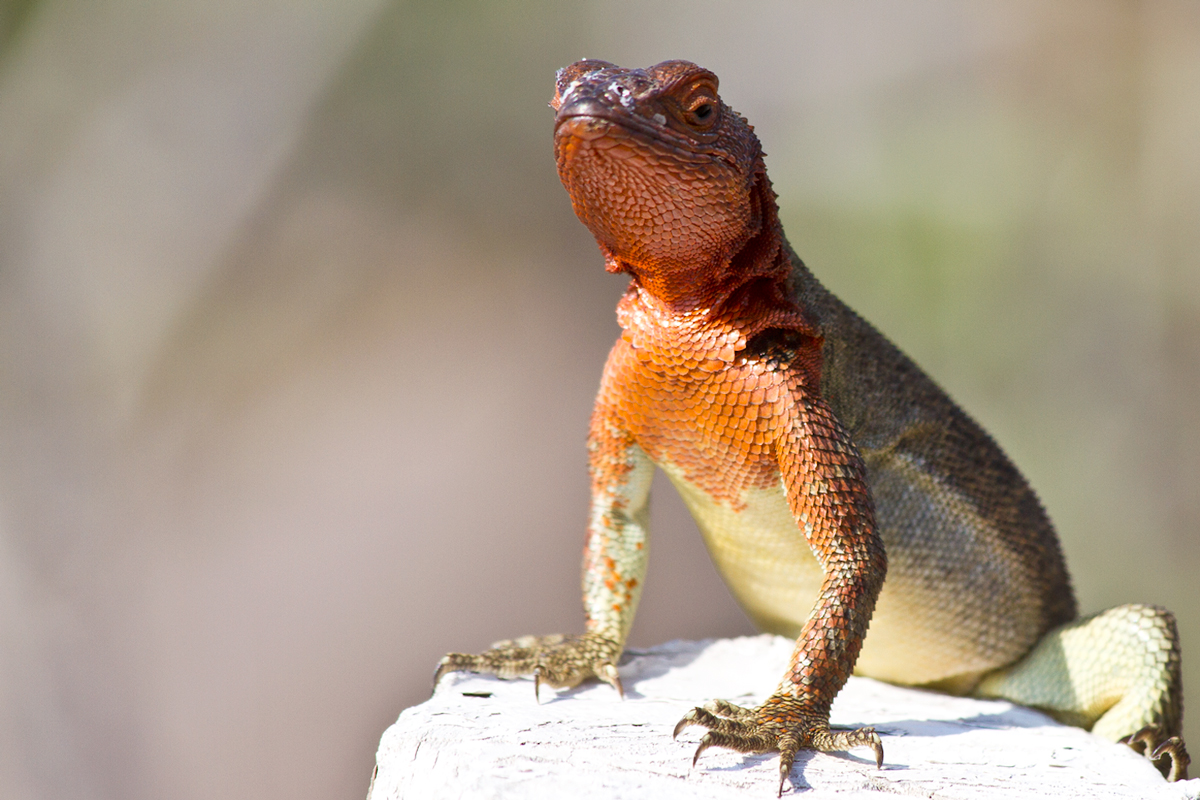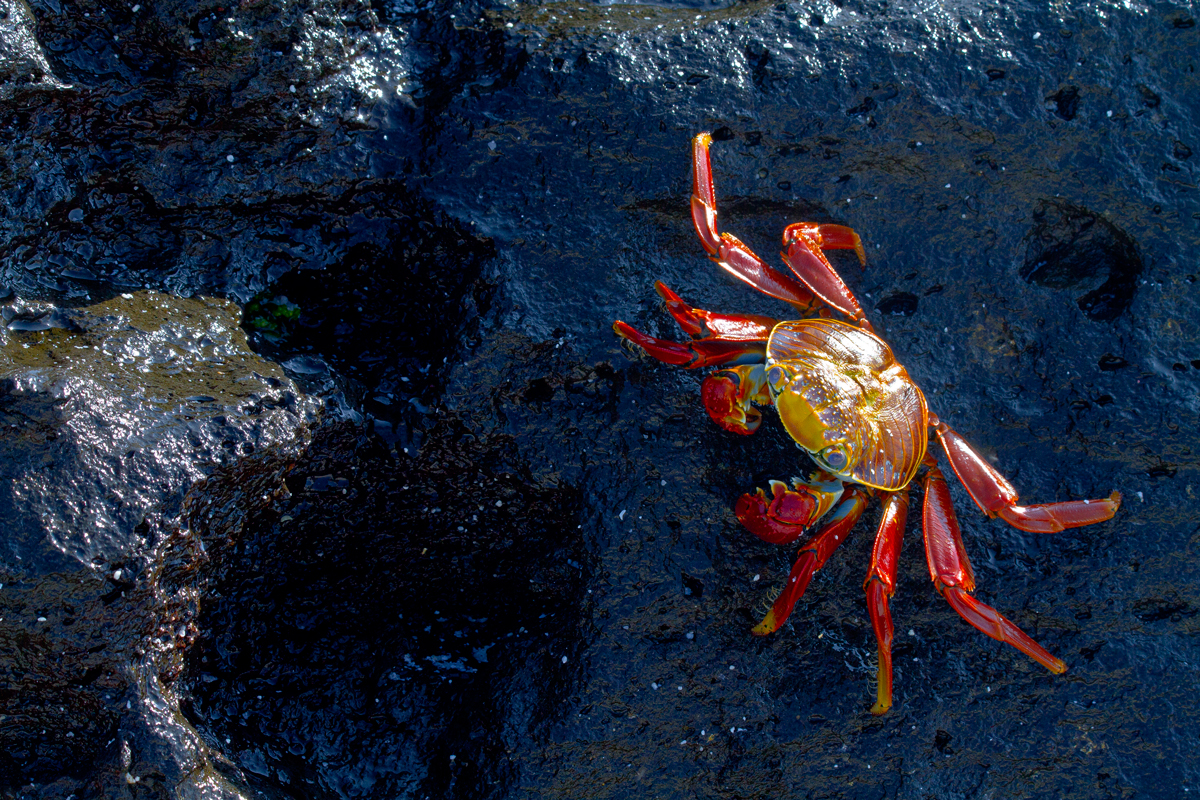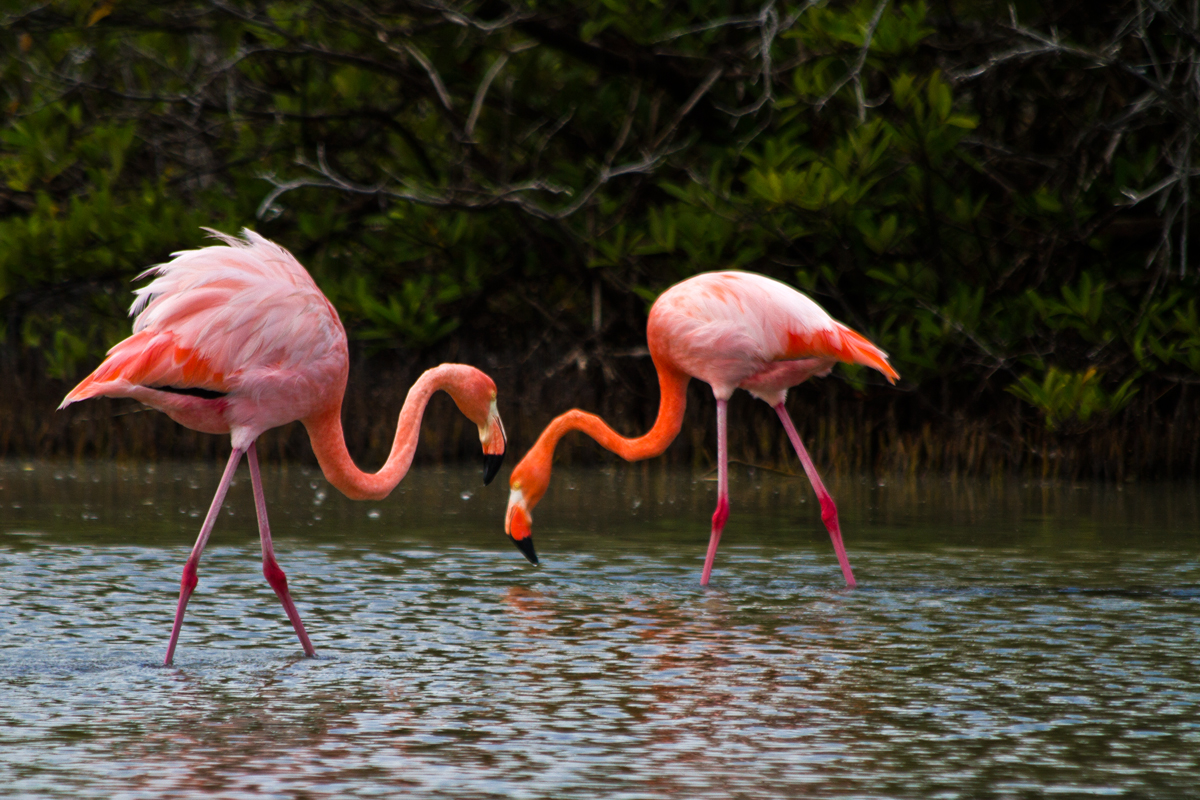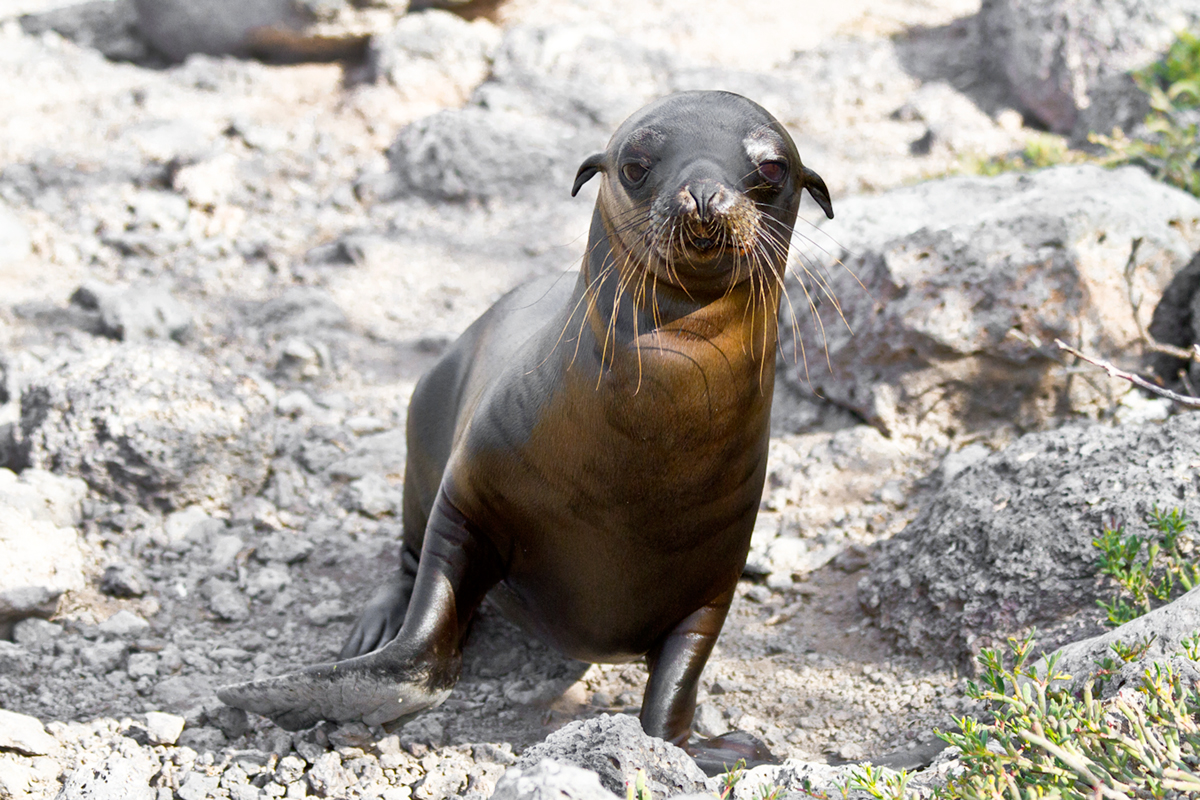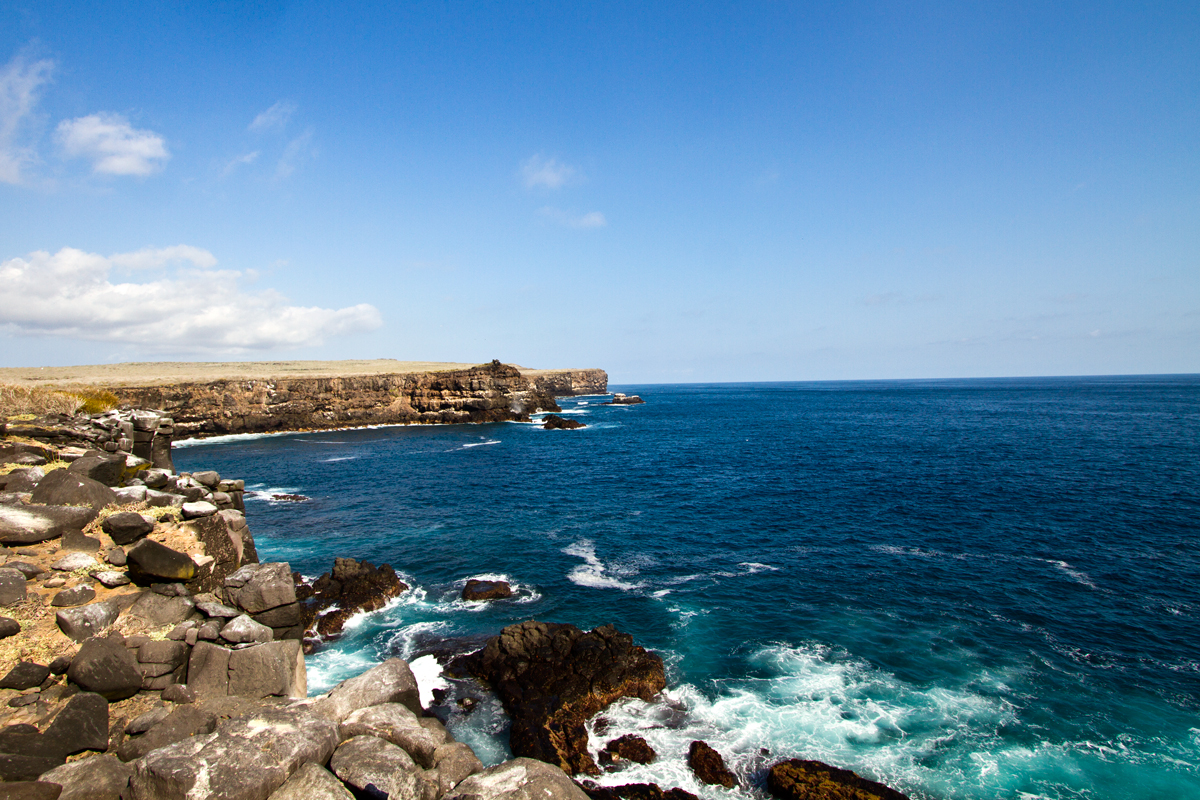The Significant Other and I just got back from a trip to the Galapagos. Rather than gush about HOW COMPLETELY AND UTTERLY AMAZING IT WAS, I’m offering some tips to make your vacation planning easier. The devil is in the details! I think this is pretty extensive, but drop me a line in the comments if you have specific questions.
Booking a Last-Minute Galapagos Cruise
Cruises sound expensive right off the bat, but when you consider how much it costs to explore the Galapagos on your own, cruises can actually be cost-effective. For example, a day tour of North Seymour Island is ~$160. Add $20 for the hostel and $10 for home-cooked food. Factor in all the time and energy you’ll spend booking your own trips, and you’re already pushing $200. When you do the math, cruises aren’t that pricey.
NOTE: It’s impossible to base your budget off anything you read online or in a guidebook. Prices are constantly going up. Keep that in mind, and always bring extra cash in small bills $1, $5, $10.
If you can wait until two weeks before your vacation date to start looking for cruises, you can snag amazing discounts (~60 percent!). Book a flight to Quito, and stay at a hostel in the Mariscal District (NOTE: We stayed at the Traveler’s Inn. The breakfast is free and includes eggs, toast, yogurt, fruits, juice and tea/coffee. The wifi is incredibly slow, and the showers are luke-warm.) This is where all the tour companies have offices. Visit each tour office and see what kinds of deals they’re offering. Tour offices are generally open between 10 a.m.-12 p.m. and from 3 p.m.-5 p.m. They will NOT be open after 12 p.m. on Saturday or at all on Sunday.
Please be aware that all tour operators expect you to pay in cash for the tours—even if it’s a couple thousand dollars. Luckily for U.S. citizens, Ecuador operates in American dollars.
Most tour companies will offer to book the flight for you. I booked the flight on my own so I’m not sure how cost-effective this is, but it’s definitely an option.
NOTE: We almost booked a cruise with Yate Darwin and would highly caution against it. There were many frustrating problems, which I won’t go into here. We ended up booking a four-day Angelito cruise using PalmaRoja Tours. I can’t recommend the Angelito highly enough. The staff was incredibly friendly and helpful. I have several food allergies, and the cook made special meals and snacks for me every day. I never had to worry! It was amazing. Plus, our guide Maja, was the best guide I’ve had in all my years of traveling. Really fantastic company.
If you can’t find a tour you like in Quito, you can hop on a plane to the Galapagos and head directly to Puerto Ayora in Santa Cruz. Tour companies also have offices in this city and will offer deals.

How to Pick a Galapagos Cruise
After days of research, all the cruises started blurring into one, and I suffered from information overload. I recommend picking the cruise based on the ease of access, animals you want to see, cruise size, days at sea and budget. Make a spreadsheet and assign points—it’s the only way to stay sane.
- Ease of Access: You can (to my knowledge) take day trips to Santa Cruz, San Cristobal, North Seymour, Floreana, Bartolome, South Plaza and Santa Fe. We chose cruises that took us to islands we couldn’t reach on our own, like Santiago and Espanola.
- Animals: Each island is known for specific animals. No guarantee you’ll see them, of course, but there were a few endemic species that I was dying to see. For example, North Seymour: blue-footed boobies and frigate males, Santa Cruz: tortoises, Espanola: albatross, Santiago: iguanas, Santa Fe: iguanas. The cruise that promised the most animals won.
- Cruise Size: Pay attention to the number of people on the boat. Our head count was 16, and it was perfect. Anything larger, and you’re going to get lost in the shuffle. Anything too small and your boat will be so tiny that it bobs up and down with each and every wave. Ugh.
- Days at Sea: I’m the kind of gal who likes her feet firmly planted on the ground. It was important that we got to see what we wanted to see but didn’t spend unnecessary time on the water. We ended up with a four-day cruise, but I think we also would have enjoyed a five-day. NOTE: six- and seven-day cruises are rare. It’s usually four, five or eight days. Also remember that a “four-day” cruise is really just two days because the cruise doesn’t start till late afternoon on the first day, and ends before 10 a.m. on the last day.
- Budget: Go in with a budget for your cruise, and follow it. I had tour operators send me “deals” that were two- to three-times more than my max budget. It was tempting, but I had to put my foot down.
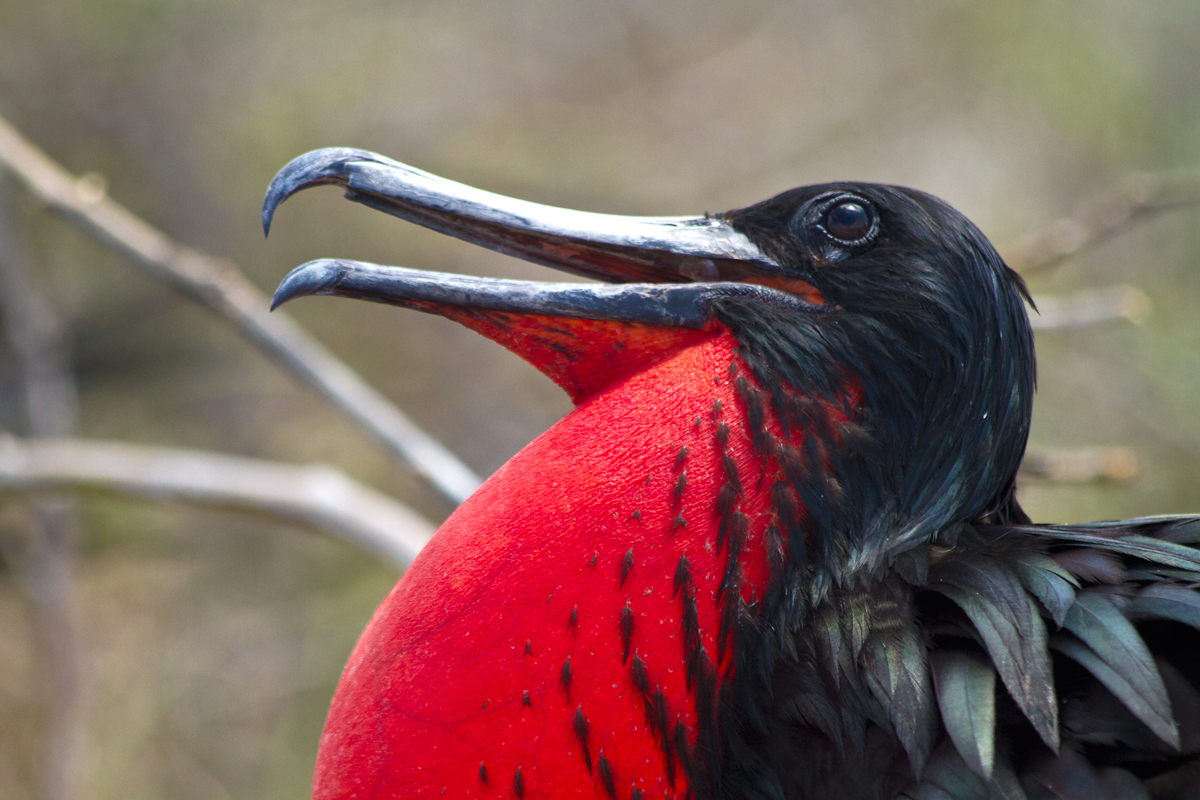
Getting to the Galapagos
Flights to the Galapagos: There are two airports in the Galapagos: Baltra and San Cristobal. If you’re thinking of taking a cruise, fly into Baltra. Most (if not all) of the cruises start/end there.
Three airlines go to the Galapagos. TAME appears to be the cheapest at first-glance, but they tack on a whole bunch of fees at checkout that actually make them more expensive. I used Avianca for the most cost-effective flights.
NOTE: Don’t forget that there’s a $120 fee to get into the Galapagos. Airport officials will also search your bags for fresh fruit and animal products. I would highly recommend bringing in your own snacks since healthy food is hard to come by on the islands. They’re OK with dried, packaged fruit, granola bars, even peanut butter sandwiches! If you don’t want your bag locked with plastic ties after getting searched, tell the officials. Keep a pair of nail clippers in case they lock your bag anyway.
Getting into Santa Cruz from the airport: You’re not allowed to walk around Baltra because it’s a military base. You’ll take a short (free!) bus from the airport to Baltra’s dock. A $1 ferry will take you across the river to the island Santa Cruz. From there you can catch a (~$5) bus or take an $18 taxi (in total NOT per person) into town. It’s a 40 minute drive via taxi and longer with the much slower bus.
Taxis are poorly labeled, white Toyota pickup trucks.
Taxis in Santa Cruz: Once you’re in town, taxi rides should be about 50 cents per person up to $1 max. Taxi drivers often pick up multiple people so don’t be alarmed if a few strangers hop into the cab.
Snorkeling tips: Snorkeling is transportation, right? A few tips to enjoy your snorkeling experience: Try on your mask before leaving land. If you can press it to your face (without using the straps) and it stays in place, it’s a good fit. If you need glasses, bring your own prescription goggles as there aren’t any (that we saw) on the islands. Or you can make your own prescription goggles. Spit on your lenses or use baby shampoo to keep them from fogging up. If you have facial hair, your mask might not fit well. Slather on some vaseline to help make the seal. Your flippers shouldn’t fit comfortably when you’re on land. They need to be a little tight because they’ll loosen up in the water. Check the snorkel mouthpiece to make sure it has two notches to bite on. I’d recommend renting a full-body wetsuit for sun protection, added buoyancy and extra warmth (the water can get chilly).
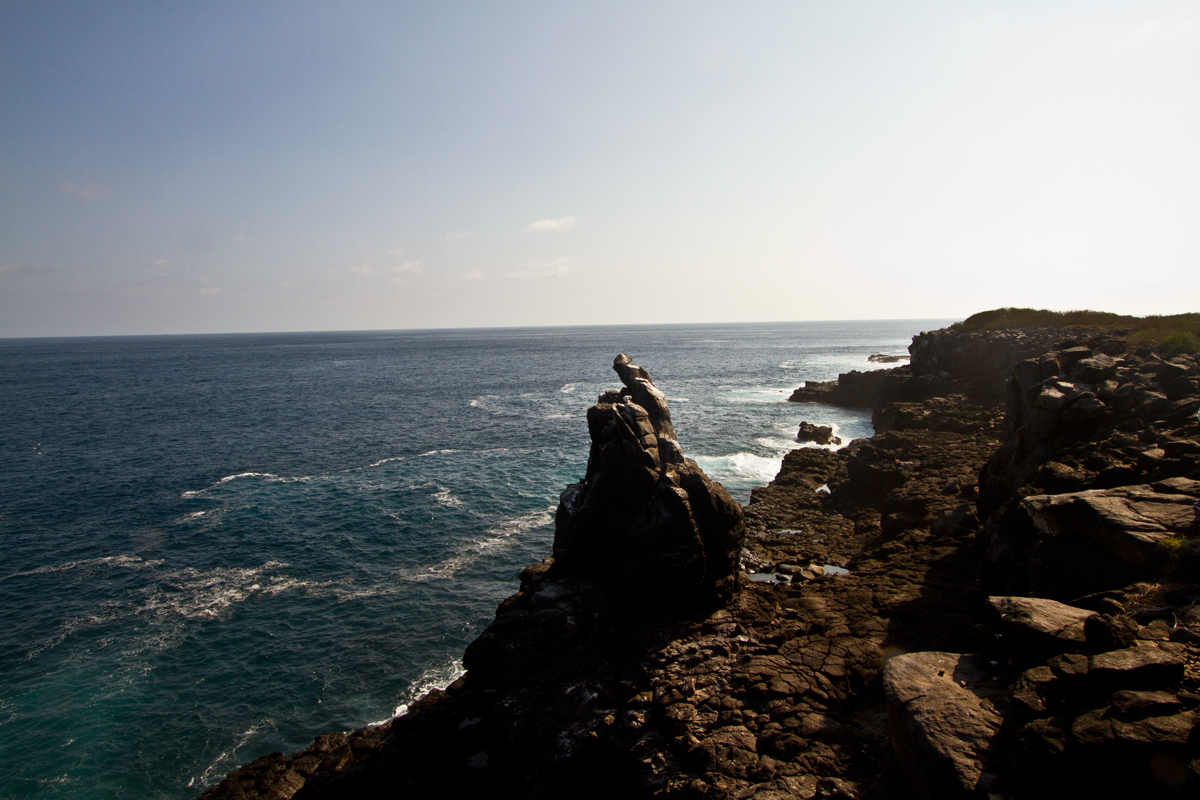
Things to Do in the Galapagos
I’ll write another post with an outline of our cruise. These are the two day trips we took outside the cruise.
San Cristobal
We went snorkeling off Kicker Rock and explored Cerro Brujo beach for $100 with the tour company Cindy Sol. They were very professional and served a delicious lunch. I would highly recommend their services. I don’t have the cross street for the company’s office, but the harbor area is tiny (only ~five blocks) so you can either ask for directions or walk up and down the streets until you run into Cindy Sol). NOTE: Tour agencies close in the afternoon to avoid the heat and open up again in the evening. I’d recommend booking a day trip the night before. However, most tours leave at 8:30 or 9 a.m. so you can also show up at the office around 8 a.m. and book any available seats on the spot.
Stay at Casa Mabell for $20 per person. The hostel doesn’t have a microwave, and the owner doesn’t speak English. But the place is spotless, has AC, is two minutes from the shore, and if you can speak a little Spanish, the owner will help you book tours.
Get your laundry cleaned for $1.50/kilo at La Lavanderia Rosita. We gave our clothes to them at 8 p.m., and they had everything done by 3 p.m. the next day. Great service.
North Seymour
Booked this tour with Esmeralda III. We wouldn’t recommend this boat. The guide was unnecessarily rude. The tour also promised to take us to North Seymour in the morning (better wildlife pictures!) and then snorkeling in the afternoon (cooling off!). Instead, we spent far too much time snorkeling in the morning and saw no wildlife. Then, during the heat of the day, we were rushed around North Seymour. I absolutely loved the island (we saw blue-footed boobies and frigates!), but go with a different tour company.
Signing off for now! More tips later, and please add your own!

